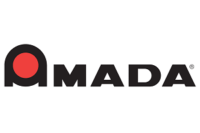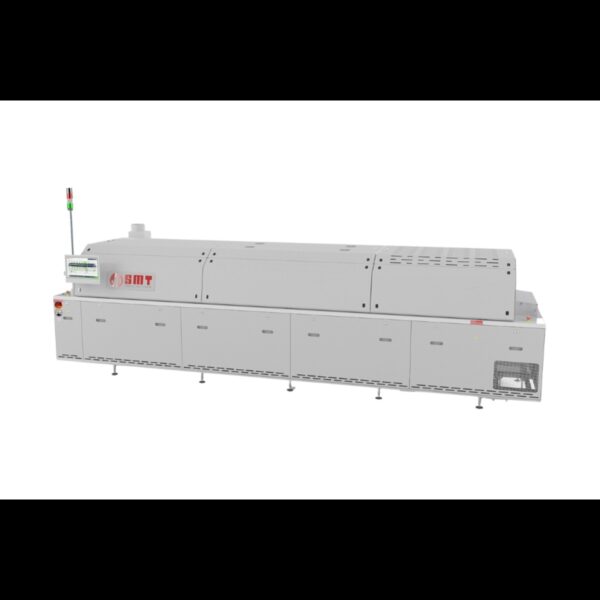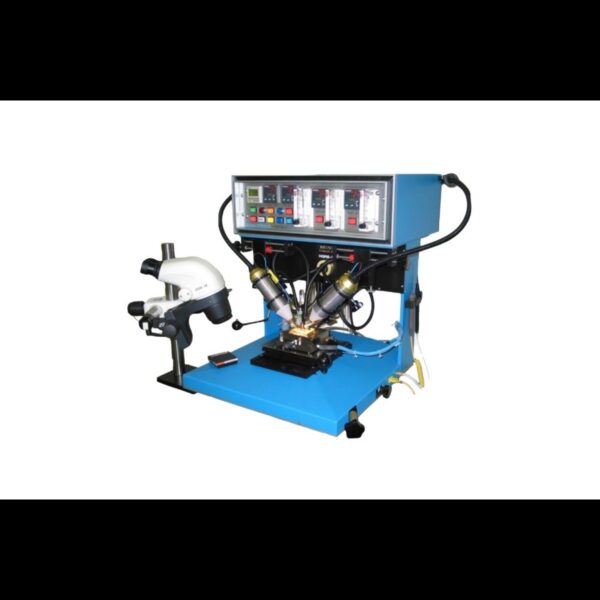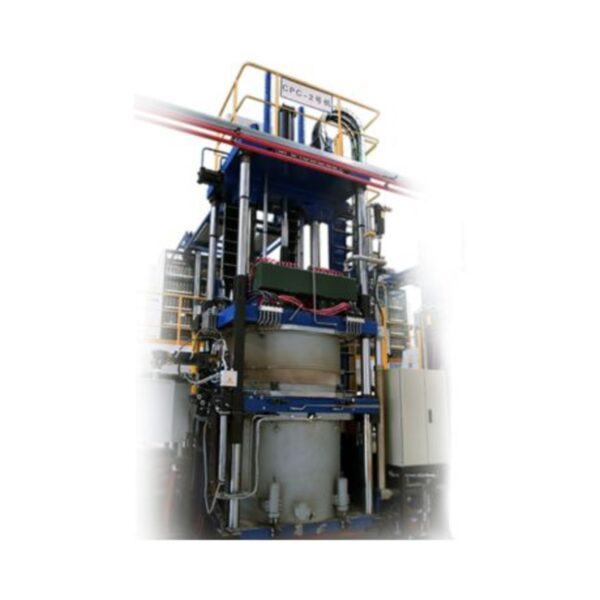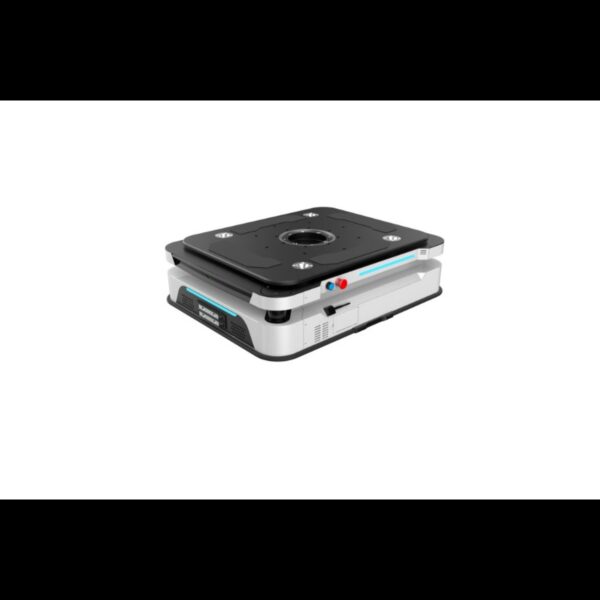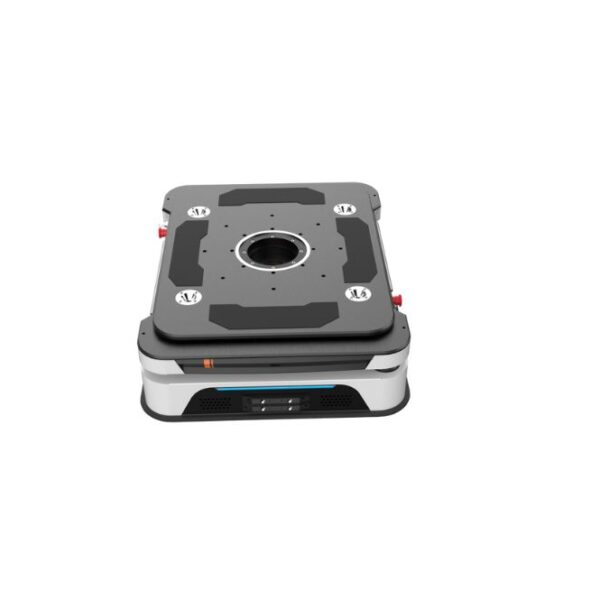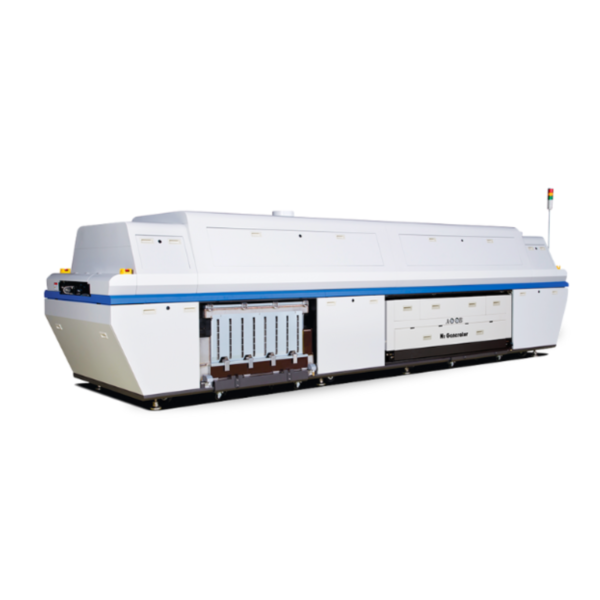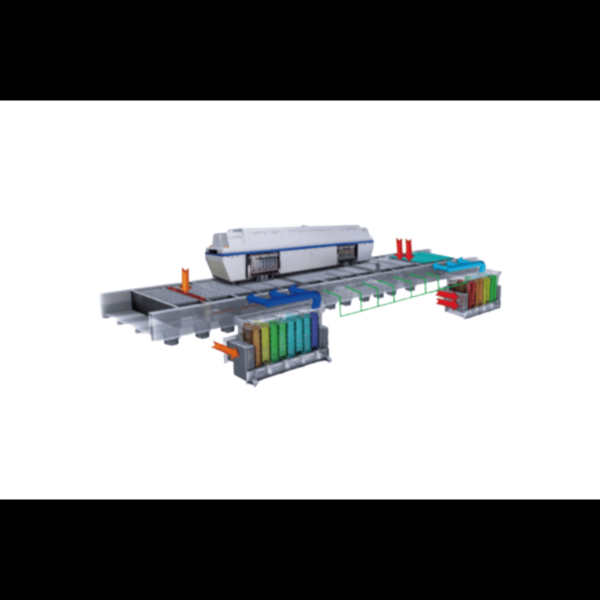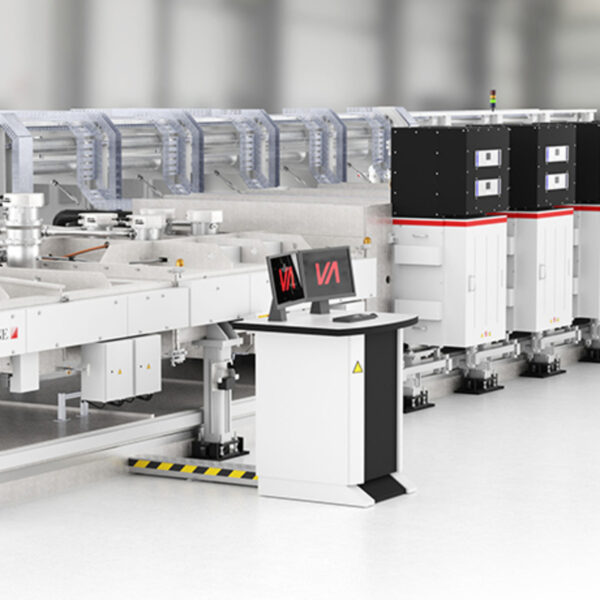AMADA – Laser Welding
Lasers welders produce a beam of high intensity light which, when focused into a single spot, provide a concentrated heat source, allowing narrow deep welds and fast welding speeds. The process is frequently used in high volume applications such as in the automotive and medical industries. Laser welding is a non-contact process which requires access to the weld zone from only one side of the parts being welded. There are many joint geometries that can be welded, but there must be a close fit-up at the joint interfaces, which makes tooling a key aspect for laser welding success.
Three types of welds can be achieved with a laser welder: conduction, transition/keyhole and penetration or full keyhole. Conduction welds are performed at low power, resulting in wide, shallow weld nuggets. Transition/keyhole welds utilize medium power density and result in a deeper weld nugget typically with a width to depth ratio of around 1. Penetration or full keyhole welds are resultant of direct power delivery into the material via the keyhole resulting in deep, narrow welds with width to depth ration typically between 3-10.
Laser Spot Welding
Laser spot welding is a process which uses a laser welder to create a single weld spot to join metals together. Laser welders are capable of delivering a precise pulse of ligh with accurate, repeatable power, energy and duration. When the laser pulse is focused into one place – a small spot – (adjustable anywhere from approximately 0.02 to 1.0 mm (0.001”-0.040”) in diameter) on the part, the power density is sufficient to cause rapid melting to create the weld. The high power density enables efficient absorption of the laser by creating the “keyhole effect.” As the pulse ends, the liquified metal resolidifies and creates a small spot weld. This entire process happens in just a few milliseconds.
Laser Seam Welding
In laser seam welding, the part to be welded is moved or rotated under the focus head allowing laser spot welds to overlap or for a CW fiber laser provide sufficient penetration. Key parameters for pulsed laser seam welding are the pulse repetition rate, measured in pulses per second (Hz), and the linear part travel rate or welding speed and focused spot diameter. For CW fiber lasers the power and spot size, and position of focus are key parameters. With each of the lasers these parameters are precisely controlled to provide the exact weld needed, whether for mechanical strength or a level of hermetic sealing.
Pulsed Nd:YAG and fiber, and CW fiber laser welders can join a wide range of metals, including mild and stainless steel, nickel and nickel alloys, titanium, aluminum, and copper and copper alloys. Dissimilar metal welding is also possible between a number of these materials.
Laser Welding System for Battery Tab Solutions – by AMADA WELD TECH GmbH
Key Industries
- Semiconductor, Solar & Electronics
Brand
The AMADA Group is a world leader in the manufacture of machines for sheet metal processing. Established in 1946 by Isamu AMADA, the Japanese Group has attained a unique position in the industry. AMADA not only manufactures machine tools, but also comes up with and proposes technological solutions to support the competitive edge of its Customers. With over 70 years of activities and experience and more than 90 companies, AMADA stands for technology and reliability.
Similar Products

